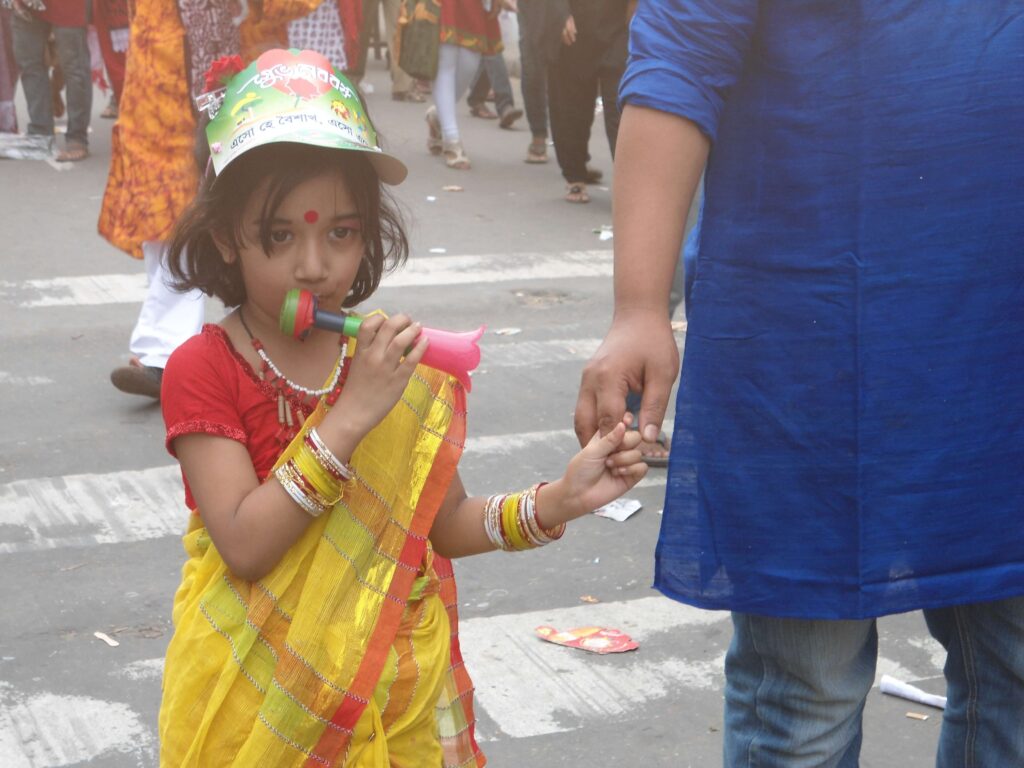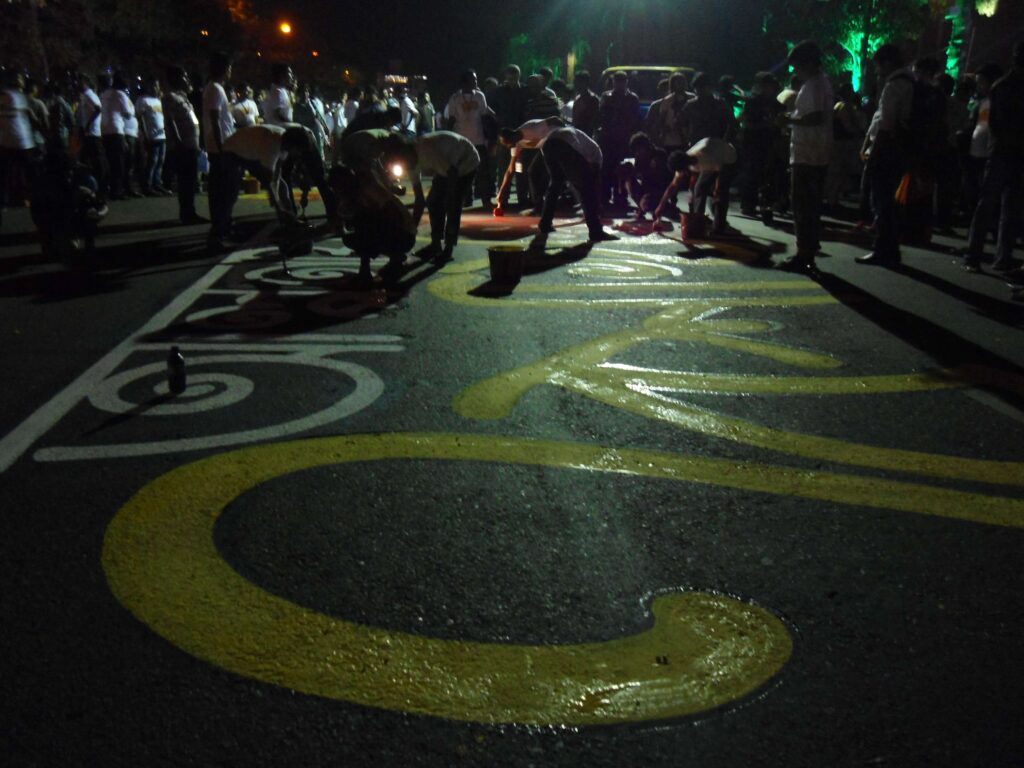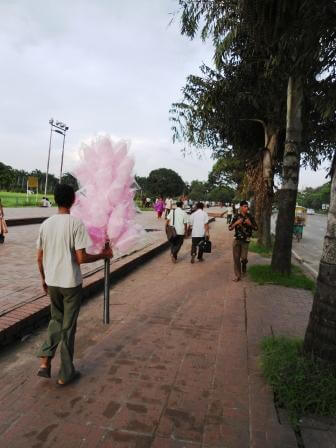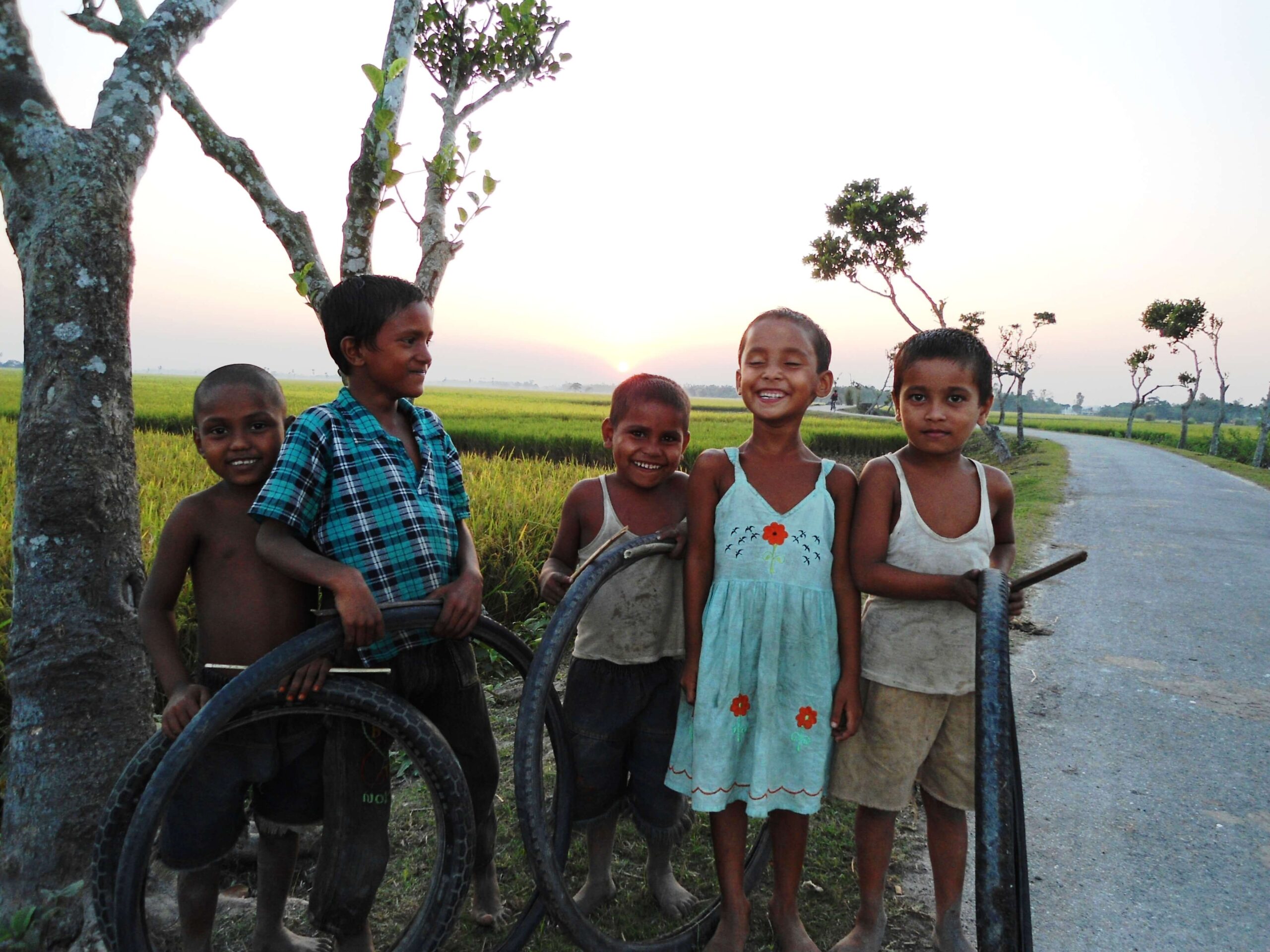Table of Contents
Bangladesh, a South Asian country with a rich history and diverse heritage, boasts a vibrant and multifaceted culture. Its culture is a unique blend of indigenous traditions, religious influences, and colonial legacies, shaped by its history, geography, and demographics. With a population of over 170 million people, Bangladesh is a melting pot of ethnicities, languages, religions, and traditions. This essay explores the various aspects of Bangladeshi culture, including its language, literature, music, dance, festivals, cuisine, attire, art, and architecture.
Language and Literature
Bangladesh is a linguistically homogeneous country, with Bengali (Bangla) being the official language and the mother tongue of over 98% of the population. Bengali is not just a language but a symbol of national pride and identity. The Language Movement of 1952, which culminated in the sacrifice of lives to protect the Bengali language, is a testament to its cultural significance. UNESCO has since declared February 21 as International Mother Language Day to honor this movement.
Bengali literature has a rich history, dating back to the Charyapada, a collection of Buddhist hymns from the 8th to 12th centuries. The medieval period saw the rise of poets like Chandidas, Vidyapati, and Alaol, who contributed to devotional and romantic literature. The 19th and 20th centuries marked the golden age of Bengali literature, with luminaries such as Rabindranath Tagore, Kazi Nazrul Islam, and Michael Madhusudan Dutt. Tagore, the first non-European Nobel laureate in Literature (1913), composed the national anthems of both Bangladesh (“Amar Shonar Bangla”) and India (“Jana Gana Mana”). Nazrul, known as the “Rebel Poet,” infused his works with themes of resistance and equality.
Modern Bangladeshi literature continues to thrive, with authors like Humayun Ahmed, Tahmima Anam, and Zia Haider Rahman gaining international acclaim. Literature in Bangladesh often reflects social issues, historical events, and the struggles of the common people.
Music and Dance
Music and dance are integral to Bangladeshi culture, reflecting its emotional depth and artistic expression. Traditional music includes:
- Baul: A mystical folk tradition emphasizing spiritual love and harmony, performed by wandering minstrels.
- Bhatiali: Riverine folk songs sung by boatmen, reflecting the connection between people and nature.
- Lalon Geeti: Songs by the 19th-century mystic poet Lalon Shah, focusing on universal love and religious tolerance.
- Rabindra Sangeet: Songs composed by Rabindranath Tagore, blending classical and folk elements.
- Nazrul Geeti: Patriotic and revolutionary songs by Kazi Nazrul Islam.



Modern Bangladeshi music includes pop, rock, and fusion genres, with artists like Ayub Bachchu, James, and Habib Wahid gaining popularity. Classical music, influenced by Hindustani traditions, is also widely practiced.
Dance forms in Bangladesh are equally diverse. Traditional dances include:
- Manipuri: A classical dance form from the Manipur region.
- Bharatanatyam: A classical Indian dance form.
- Folk Dances: Such as Jari, Sari, and Chhau, performed during festivals and cultural events.
Festivals and Celebrations
Bangladesh is a land of festivals, reflecting its religious diversity and cultural richness. The major festivals include:
- Eid-ul-Fitr and Eid-ul-Adha: The two most important Islamic festivals, celebrated with prayers, feasts, and charity.
- Durga Puja: The largest Hindu festival, honoring the goddess Durga with elaborate rituals and cultural programs.
- Pohela Boishakh: The Bengali New Year, celebrated on April 14 with colorful processions, traditional music, and fairs.
- Pahela Falgun: The first day of spring, marked by wearing yellow and red attire and cultural performances.
- Christmas: Celebrated by the Christian community with church services and festivities.
- Buddha Purnima: Commemorating the birth, enlightenment, and death of Gautama Buddha.
These festivals transcend religious boundaries, with people of all faiths participating in the celebrations, showcasing the country’s spirit of communal harmony.
Cuisine
Bangladeshi cuisine is a delightful blend of flavors, influenced by its geography, climate, and cultural history. Rice and fish are staples, earning Bangladesh the nickname “Land of Rivers.” Key elements of Bangladeshi cuisine include:
- Rice Dishes: Plain rice, biryani, and polao are central to meals.
- Fish: Hilsa (ilish) is the national fish, prepared in various ways, such as smoked, fried, or cooked in mustard sauce.
- Curries: Meat and vegetable curries, often spiced with turmeric, cumin, coriander, and chili.
- Street Food: Fuchka (pani puri), chotpoti, and jhalmuri are popular snacks.
- Sweets: Rasgulla, sandesh, and mishti doi (sweet yogurt) are beloved desserts.
Tea is the national drink, with the Sylhet region being famous for its tea gardens.
Attire
Traditional attire in Bangladesh reflects its cultural heritage and climatic conditions. For men, the panjabi (long shirt) paired with a lungi (wrap-around skirt) or pajama is common. Women traditionally wear saris or salwar kameez, with regional variations in style and fabric. In urban areas, Western clothing is increasingly popular, but traditional attire remains prominent during festivals and formal occasions.
Art and Craft
Bangladesh has a rich tradition of art and craft, including:
- Nakshi Kantha: Embroidered quilts made from old saris, featuring intricate designs.
- Pottery and Terracotta: Ancient crafts, often seen in temple decorations and household items.
- Jamdani Weaving: A UNESCO-recognized traditional art of creating fine, handwoven muslin fabric.
- Pattachitra: Scroll painting depicting mythological and folk themes.
Contemporary Bangladeshi art is also thriving, with artists like Zainul Abedin, SM Sultan, and Shahabuddin Ahmed gaining international recognition.
Architecture
Bangladesh’s architecture reflects its historical and cultural evolution. Key architectural styles include:
- Ancient and Medieval: The ruins of Mahasthangarh and the Sixty Dome Mosque in Bagerhat showcase ancient and Islamic architecture.
- Mughal Influence: The Lalbagh Fort and Ahsan Manzil in Dhaka are examples of Mughal-era architecture.
- Colonial Era: Buildings from the British colonial period, such as the Curzon Hall and Dhaka University, blend European and local styles.
- Modern Architecture: Contemporary structures like the National Parliament House, designed by Louis Kahn, are iconic symbols of modern Bangladesh.
Religion and Spirituality
Bangladesh is a predominantly Muslim country, with about 90% of the population practicing Islam. Hinduism, Buddhism, and Christianity are also practiced by significant minorities. Religious tolerance and coexistence are hallmarks of Bangladeshi society, with people of different faiths often participating in each other’s festivals and rituals.
Performing Arts
Theater and cinema are important aspects of Bangladeshi culture. Traditional theater forms like Jatra (folk theater) and modern plays address social and political issues. The Bangladeshi film industry, known as Dhallywood, produces movies in Bengali, often focusing on romance, drama, and historical themes.
Sports
Cricket is the most popular sport in Bangladesh, with the national team enjoying a massive following. Football, kabaddi, and traditional games like ha-du-du (a form of kabaddi) are also widely played.
The culture of Bangladesh is a vibrant tapestry woven from its history, traditions, and diversity. Despite challenges such as globalization and urbanization, Bangladeshis take immense pride in preserving and promoting their cultural heritage. From its language and literature to its festivals and cuisine, Bangladesh’s culture is a testament to its resilience, creativity, and unity. As the country continues to evolve, its culture remains a source of strength and identity for its people.
wiki says: The cultures of Bangladesh composite over the centuries have assimilated influences of Islam, Hinduism, Buddhism, and Christianity. It is manifested in various forms, including music, dance, drama; art craft; folklore folktale; languages literature; philosophy religion; festivals celebrations; as well as in a distinct cuisine culinary tradition.

Leave a Reply